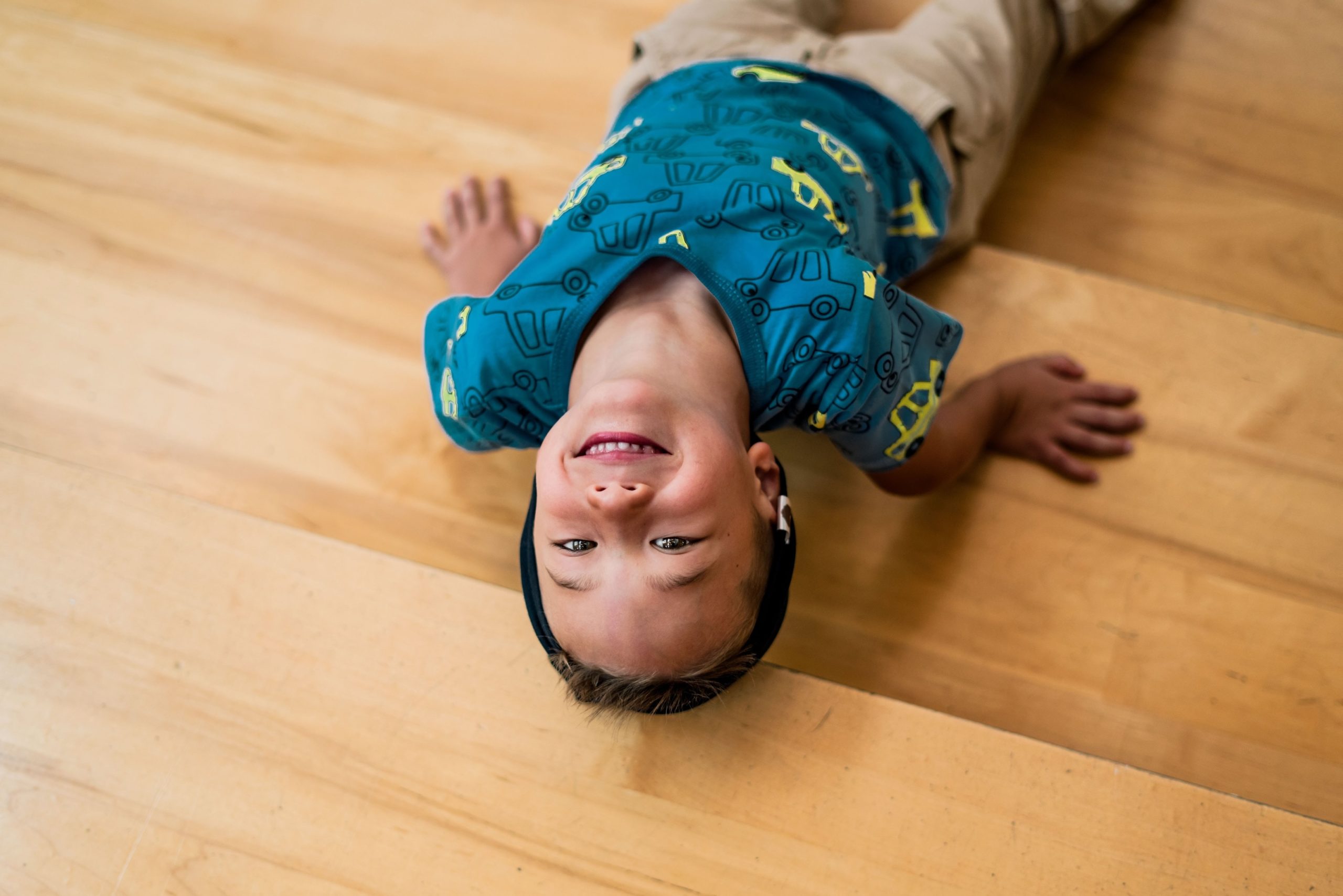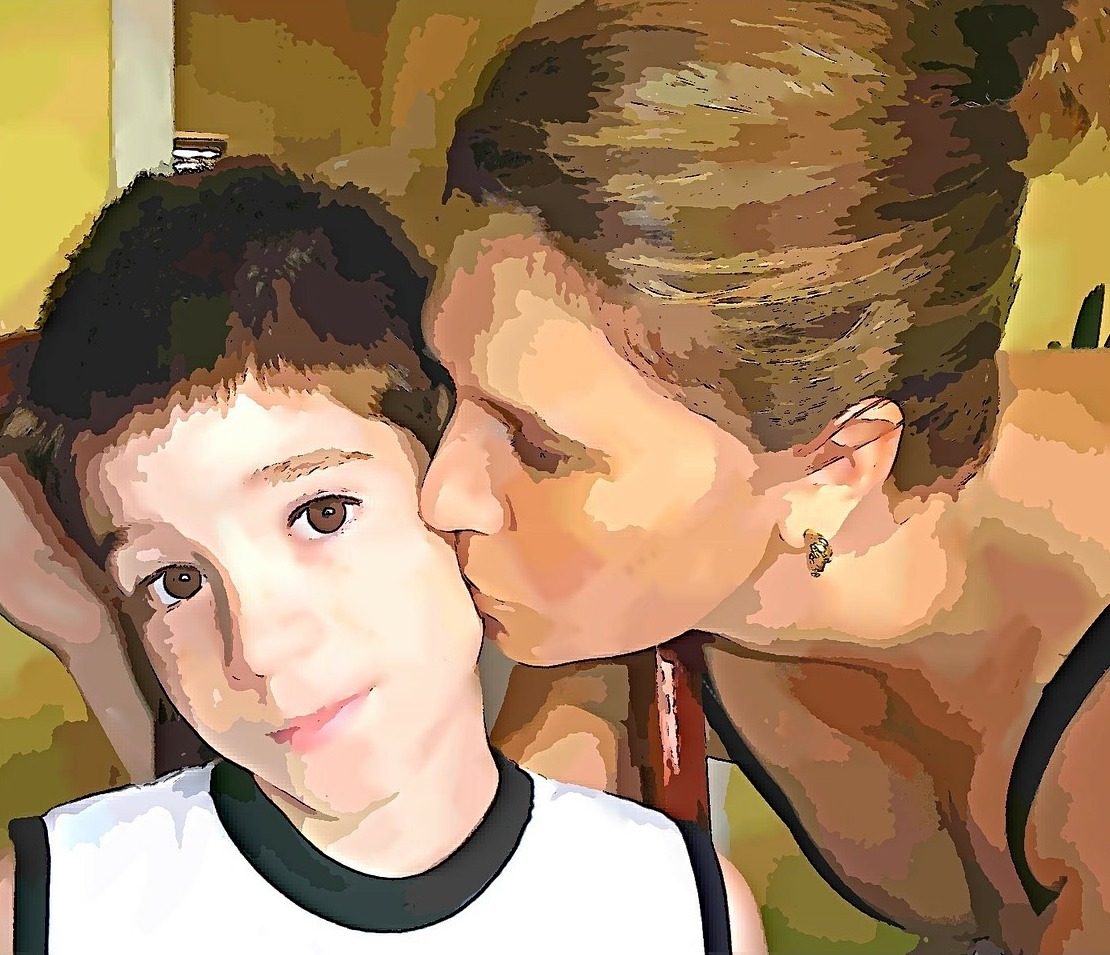 When my son was two years old, he slipped and hit his lip on the bathtub. I initially thought he was fine, as he didn’t cry very much, and there wasn’t a lot of blood. However, in the next few days, as his lip started swelling up and he developed two black eyes, I realized he was hurt much more seriously than I initially thought. As it turned out, this high pain tolerance, combined with his hyperactivity, were some of the early signs that my son is hyposensitive.
When my son was two years old, he slipped and hit his lip on the bathtub. I initially thought he was fine, as he didn’t cry very much, and there wasn’t a lot of blood. However, in the next few days, as his lip started swelling up and he developed two black eyes, I realized he was hurt much more seriously than I initially thought. As it turned out, this high pain tolerance, combined with his hyperactivity, were some of the early signs that my son is hyposensitive.
Hyposensitivity falls under the umbrella of sensory processing disorder—when someone does not interpret sensory stimuli in the way that a neurotypical person does.
Seek out support
In addition to the five senses that most people are aware of, which include touch, taste, sound, vision and hearing, there are three additional senses. These include proprioception, which is the body’s awareness of where it is in space; interoception, which is the body’s awareness of its internal state, such as hunger or sleepiness; and vestibular, which is our body’s awareness of movement.
If your child is showing signs of hyposensitivity, it’s important to seek out the expertise of an occupational therapist who is familiar with treating children with sensory differences. Depending on their needs, they may also benefit from either physical therapy or speech therapy. Hyposensitivity is often comorbid with other conditions, such as autism or ADHD.
Change your perspective
Hyposensitivity can lead to a lot of behaviors that, if a parent doesn’t know what the underlying reason, can look like misbehavior. However, in the context of understanding these differences, this can help parents understand that the behavior isn’t intentional, and in fact, represents a child’s attempts to get what they need.
Create rituals
Keeping a hyposensitive kid safe often requires working with them to make sure they aren’t rushing headlong into dangerous situations. One way of doing this is by establishing a set of rituals and rules.
This can also include creating routines to keep them safe, such as practicing walking, rather than running, into a new space, or practicing giving an apology after bumping into people, as what feels like a small bump to them may feel like getting hit by a truck to the other person. It can also help to establish safety rules, such as making sure they are wearing protective equipment when playing sports.
Encourage sensory play
Hyposensitive kids need more stimulation than their peers. Helping them get what their bodies need often means encouraging sensory play, whether it’s taking them to a playground, so they climb, jump or crash into as many things as they need; letting them play with finger paints, clay or sand, to get tactile input; or letting them play with water. By giving them this sensory input, you’re letting them self-regulate, which will help them be calmer and more focused in other settings.
Lean into their strengths
Hyposensitivity can also come with a lot of strengths, whether it’s their boundless energy, nonstop curiosity, or their gross motor skills, which often develop as a result of all their jumping, crashing and running. Finding ways of encouraging these strengths can go a long way toward keeping them happy and healthy. This could include finding them a sport that they love, helping them explore their interests, or finding activities that they are good at, and that they enjoy.
Excerpted from “‘Hyposensitivity’ Can Look a Lot Like Misbehavior” published in Lifehacker. Read the full article online.
Learn more about sensory processing disorders.
Source: Lifehacker | ‘Hyposensitivity’ Can Look a Lot Like Misbehavior, https://lifehacker.com/family/what-is-hyposensitivity | © 2001-2024 Ziff Davis, LLC.
This resource is filed under:







